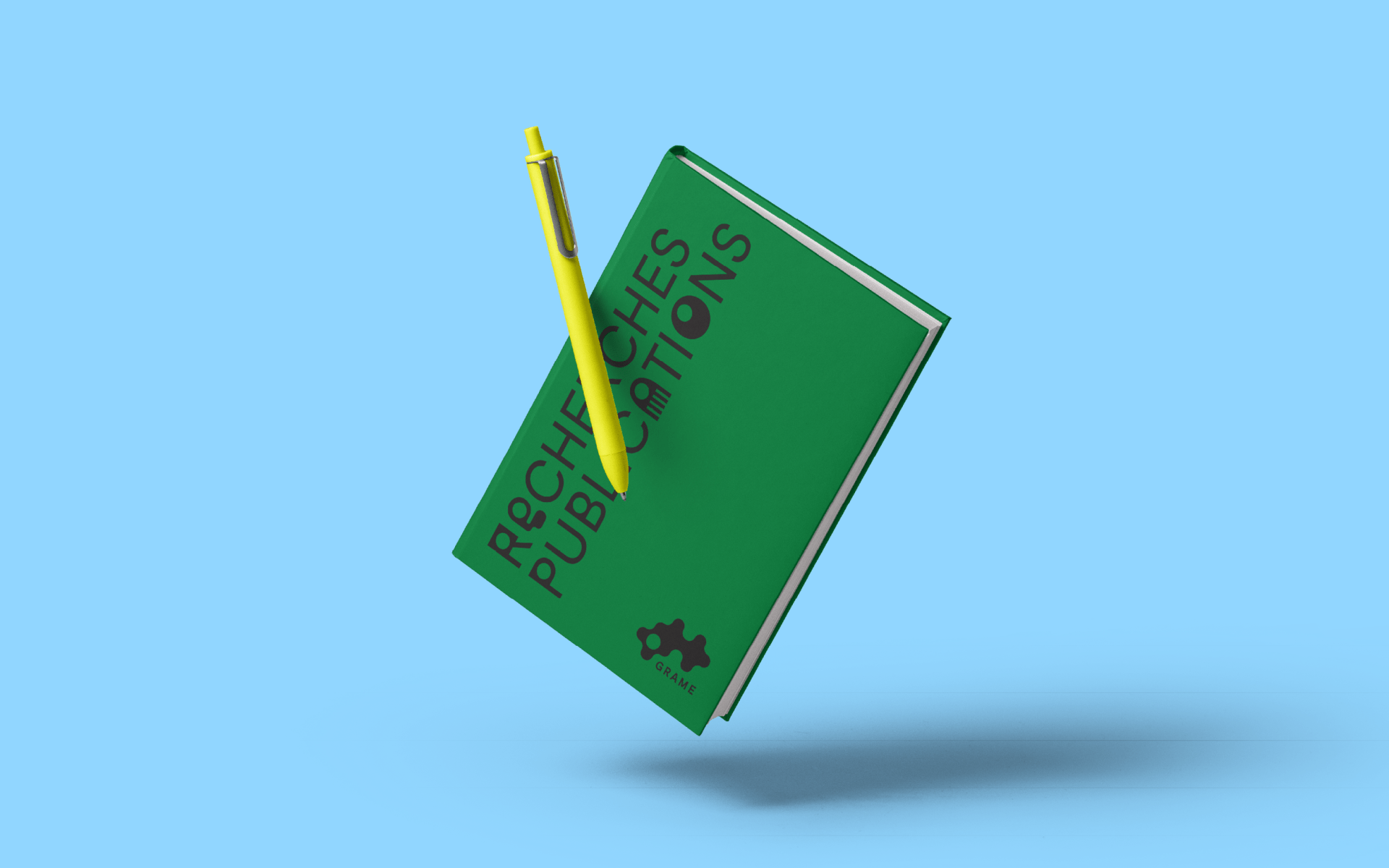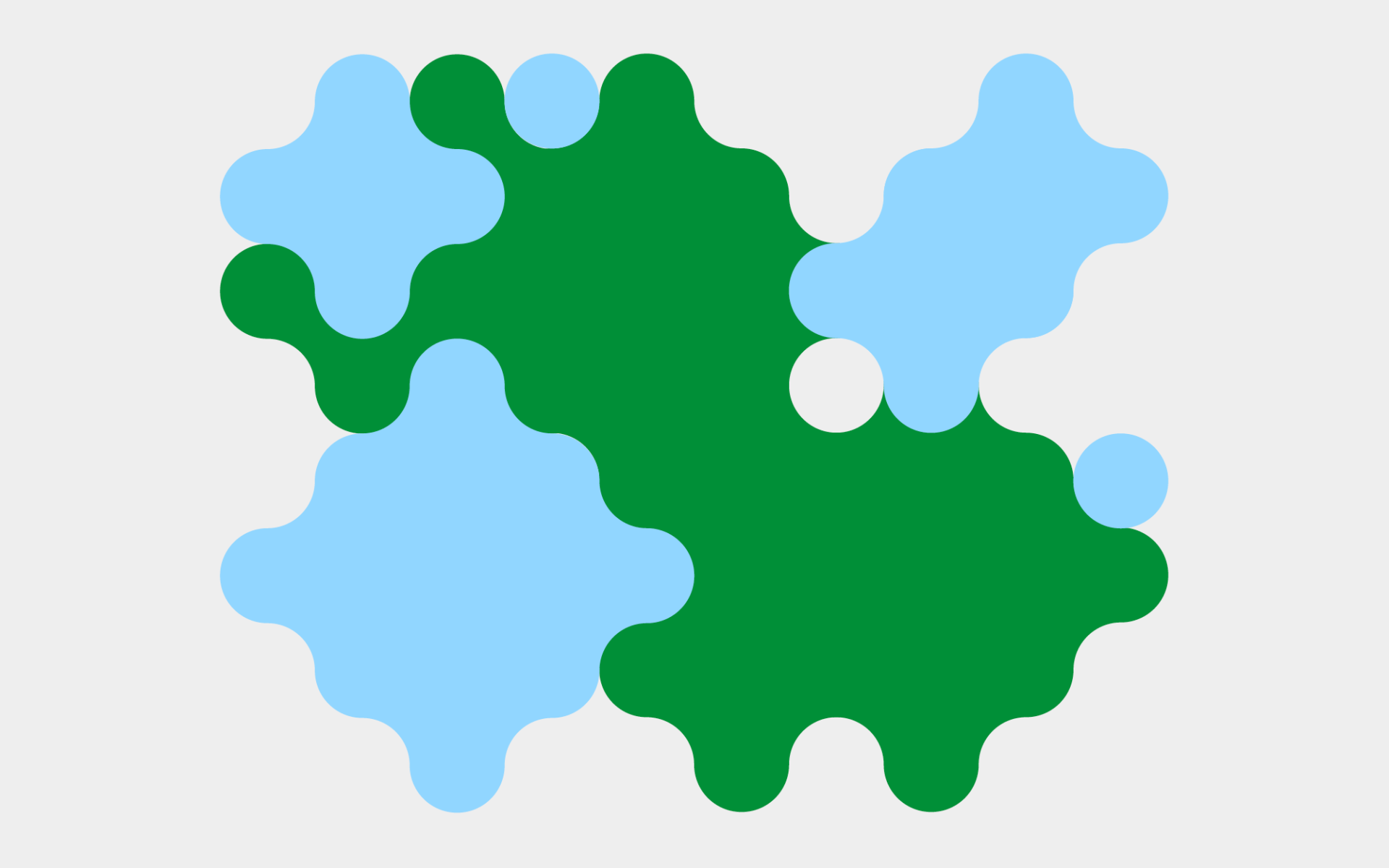

2014
Representation of Musical Computer Processes
The paper presents a study about the representation of musical computer processes within a music score. The idea is to provide performers with information that could be useful especially in the context of interactive music. The paper starts with a characterization of a musical computer process in order to define the values to be represented. Next it proposes an approach to time representation suitable to asynchronous processes representation.
INteractivité dans l'Ecriture De l'Interaction et du Temps
Mots-clés :
Interaction, Synchronization, Music, Score, Graphic, Process
2013
Programming Interactive Music Scores with INScore
INScore is an environment for the design of interactive music scores that includes an original event-based interaction system and a scripting language for associating arbitrary messages to these events. We extended the previous version by supporting scripting languages offering a great flexibility in the description of scores and in the interactions with scores. The textual format is directly derived from the OSC message format that was defined in the original... Lire la suite
INScore is an environment for the design of interactive music scores that includes an original event-based interaction system and a scripting language for associating arbitrary messages to these events. We extended the previous version by supporting scripting languages offering a great flexibility in the description of scores and in the interactions with scores. The textual format is directly derived from the OSC message format that was defined in the original INScore version. This article presents the scripting language and illustrates its ability to describe interactions based on events, while remaining in the temporal space. It also introduces the IRCAM gesture follower and how it is embedded into INScore to provide gestural interaction capabilities.
INteractivité dans l'Ecriture De l'Interaction et du Temps
Mots-clés :
Interaction, Synchronization, Music, Score, Graphic, Programming
2012
INScore - An Environment for the Design of Live Music Scores
INScore is an open source framework for the design of interactive, augmented, live music scores. Augmented music scores are graphic spaces providing representation, composition and manipulation of heterogeneous and arbitrary music objects (music scores but also images, text, signals...), both in the graphic and time domains. INScore includes also a dynamic system for the representation of the music performance, considered as a specific sound or gesture instance... Lire la suite
INScore is an open source framework for the design of interactive, augmented, live music scores. Augmented music scores are graphic spaces providing representation, composition and manipulation of heterogeneous and arbitrary music objects (music scores but also images, text, signals...), both in the graphic and time domains. INScore includes also a dynamic system for the representation of the music performance, considered as a specific sound or gesture instance of the score, and viewed as signals. It integrates an event based interaction mechanism that opens the door to original uses and designs, transforming a score as a user interface or allowing a score self-modification based on temporal events. This paper presents the system features, the underlying formalisms, and introduces the OSC based scripting language.
Mots-clés :
Synchronization, Score, Music, Interaction, Graphic
Segments and Mapping for Scores and Signal Representations
We present a general theoretical framework to describe segments and the different possible mapping that can be established between them. Each segment can be related to different music representations, graphical scores, music signals or gesture signals. This theoretical formalism is general and is compatible with large number of problems found in sound and gesture computing. We describe some examples we developed in interactive score representation, superposed w... Lire la suite
We present a general theoretical framework to describe segments and the different possible mapping that can be established between them. Each segment can be related to different music representations, graphical scores, music signals or gesture signals. This theoretical formalism is general and is compatible with large number of problems found in sound and gesture computing. We describe some examples we developed in interactive score representation, superposed with signal representation, and the description of synchronization between gesture and sound signals.
Mots-clés :
Gesture, Music, Music score, Synchronization
2010
Partitions musicales augmentées
Une partition musicale augmentée est une partition mettant en relation un objet musical symbolique avec différentes représentations de son interprétation. La partition musicale est à considérer au sens large, comme un objet graphique permettant de représenter un objet temporel. L'interprétation représente une instance sonore ou gestuelle particulière de la partition. Nous présenterons les fondements théoriques qui sous-tendent la partition augmentée, ainsi qu'u... Lire la suite
Une partition musicale augmentée est une partition mettant en relation un objet musical symbolique avec différentes représentations de son interprétation. La partition musicale est à considérer au sens large, comme un objet graphique permettant de représenter un objet temporel. L'interprétation représente une instance sonore ou gestuelle particulière de la partition. Nous présenterons les fondements théoriques qui sous-tendent la partition augmentée, ainsi qu'une application sous forme d'afficheur mettant en oeuvre les solutions proposées.
Mots-clés :
Synchronization, Signal, Partition, Musicale, Interprétation, Graphique
INTERLUDE - A FRAMEWORK FOR AUGMENTED MUSIC SCORES
An Augmented Music Score is a graphic space providing the representation, composition and manipulation of het- erogeneous music objects (music scores but also images, text, signals...), both in the graphic and time domains. In addition, it supports the representation of the music perfor- mance, considered as a specific sound or gestural instance of the score. This paper presents the theoretical foundation of the augmented music score as well as an application -... Lire la suite
An Augmented Music Score is a graphic space providing the representation, composition and manipulation of het- erogeneous music objects (music scores but also images, text, signals...), both in the graphic and time domains. In addition, it supports the representation of the music perfor- mance, considered as a specific sound or gestural instance of the score. This paper presents the theoretical foundation of the augmented music score as well as an application - an augmented score viewer - that implements the proposed solutions.
Mots-clés :
Synchronization, Score, Music, Interaction, Graphic
Time Synchronization in Graphic Domain - A new paradigm for Augmented Music Scores
We propose a simple method for synchronization of arbitrary graphic objects, based on their time relations. This method relies on segmentation and mappings that are relations between segmentations. The paper gives a formal description of segmentations and mappings and presents Interlude, a framework that implements the proposed method under the form of an augmented music score viewer, opening a new space to music notation.
Mots-clés :
Synchronization, Notation, Music
2002
Clock Skew Compensation over a High Latency Network
Exchange of time stamped events between different stations raises the problem of the clock frequencies difference as soon as one station try to compensate for the transmission delay and to render the events with a minimum time distortion. We propose a simple, efficient and low cost method to compensate for the clock frequencies difference. This method rely only on regular time stamped packets transmissions and may be used in many cases. It provides good perform... Lire la suite
Exchange of time stamped events between different stations raises the problem of the clock frequencies difference as soon as one station try to compensate for the transmission delay and to render the events with a minimum time distortion. We propose a simple, efficient and low cost method to compensate for the clock frequencies difference. This method rely only on regular time stamped packets transmissions and may be used in many cases. It provides good performances to the receiver station in regard of the sender reference time even on a heavily loaded communication channel. It operates also very efficiently on a low latency local network
Mots-clés :
Synchronization, Real-time, Network, Music, Communication, Clock